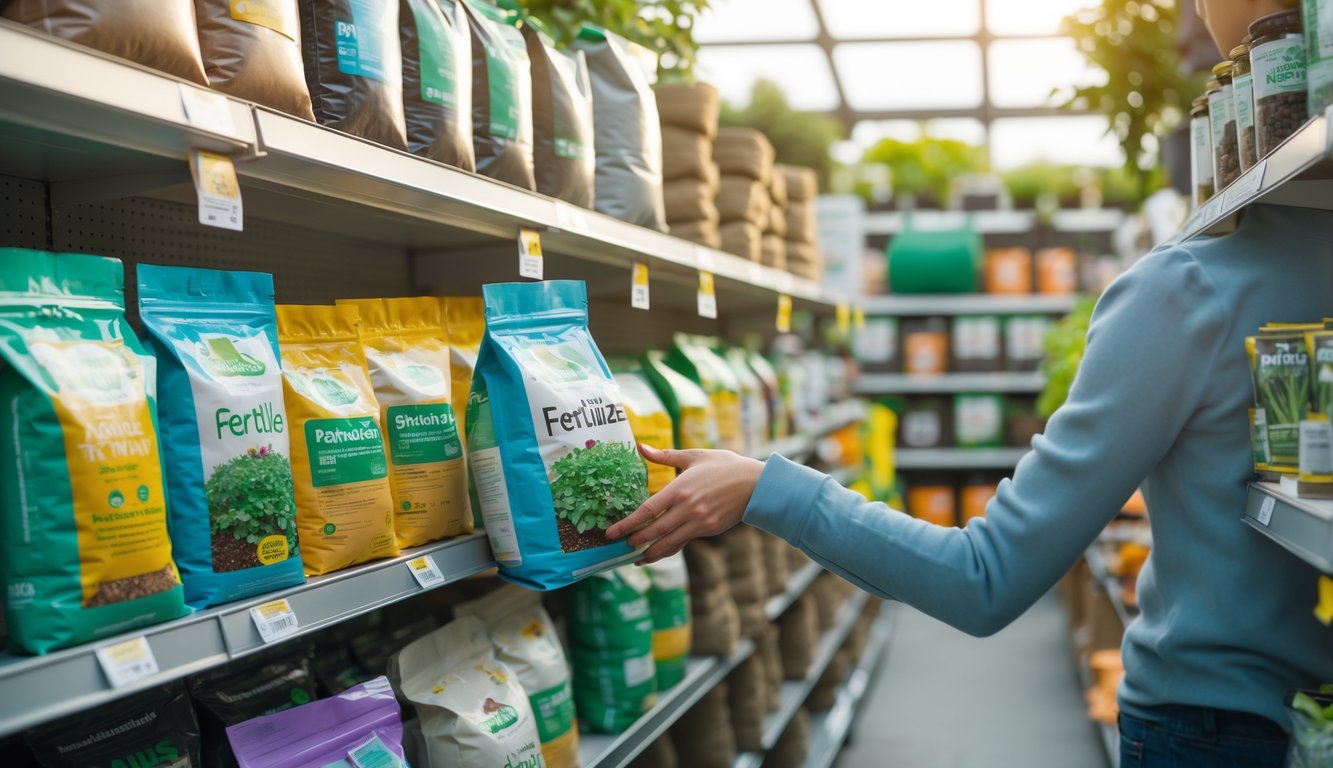
Geopolitical Influences: China and Russia
And then there’s China and Russia, always at the top of the export charts. War, sanctions, sudden “policy changes”—every time they fight, the rest of us get whacked with price hikes. Russia’s invasion of Ukraine? Fertilizer prices shot up 200%. ScienceDirect’s market overview backs it up. My friend in logistics said his costs tripled, and he wasn’t joking.
China’s a little sneakier. They pull back exports when prices look better for their own farmers. Phosphate fertilizers? China cuts back, and suddenly India’s scrambling for anything they can get. One week, shipments are fine; next week, “policy review”—and then your order’s gone, sent to whoever pays more. Why do garden centers act so weird about “import recovery charges”? Because even they can’t keep up.
Environmental Considerations and Hidden Fees
Nobody at the checkout ever talks about the stuff you’re really paying for—like all the costs hiding in the background, eating up your budget and the environment while you’re just comparing bag sizes. There’s no price tag for nitrate runoff or “sustainability” surcharges, but you’re still paying for it, one way or another.
Clean-Up and Water Pollution Costs
I stopped caring which fertilizer “greens fastest” when I realized what happens after it rains. All that nitrogen and phosphorus just leaks out, runs into the water, and causes algae blooms that wreck drinking water and blow up city budgets. Taxpayers pick up the tab—cleanup, filtering, lawsuits, the works. A 2022 Greenly report lays it all out, but honestly, you don’t need a report to see your water bill go up.
My neighbor switched to compost and winter rye cover crops after the utility raised fees for nitrate removal. I thought he was being stubborn, but municipal reports agree: farm runoff is a big deal. Might as well list “hidden fees” right on your water bill.
And don’t get me started on herbicides. They hit pollinators first (my monarchs are MIA), then just spread everywhere. No label for that cost, but it’s real.
Sustainability Surcharges
Ask a cashier to break down the price of fertilizer and see what happens. Some brands brag about “climate-safe packaging,” but the ingredients still come from fossil fuels. Energy for production eats up about 70% of fertilizer costs. Every time natural gas jumps, so does your bill. It’s not magic.
Now, some stores add “environmental recovery” fees. Sounds good, but it’s mostly for disposal or carbon offsets, not actual regenerative farming. Compost should be cheap (it’s literally garbage, right?), but prices jump all over the place—blame trucking, weather, whatever. Nobody really connects the dots at checkout.
Everyone’s chasing the next “sustainable” miracle—biochar, slow-release, fish goo—while the basics, like compost and mulch, get ignored. And there’s always a new surcharge, whether you grow peas or not.
Fertilizer Fee Impact on Gardening Budgets
You think you just need a bag of 10-10-10, and next thing you know, some weird fee sneaks onto your receipt and blows up your plans. Even the garden gnomes look annoyed.
Budgeting for Seasonal Fertilizer Expenses
Anyone who says those “environmental handling” fees don’t sting is lying. I blew my spring budget because I forgot about the $34.99 fertilizer and the surprise “recovery fee” at checkout. No price chart, just a mystery charge. I asked three clerks, got three answers, still clueless why prices jump between March and June. Potash? Ammonium nitrate? Inflation? Who knows. Multiply it by however many tomato beds you have, and energy prices plus global demand don’t care if you’re just a hobbyist. Now I keep a messy spreadsheet, tracking fertilizer costs and “surprise expenses,” or I end up reusing last year’s bags and hoping the NPK didn’t vanish in storage.
Strategies for Cost Savings
Discount bins, splitting bulk with neighbors, making weird fertilizer from kitchen scraps—nobody’s bragging about that. My buddy Ronald mixes his own granules with bonemeal and dollar-store Epsom salt, which sounds nuts, but his snapdragons are enormous. Every year, I do the math: cut costs too much and plants sulk, splurge on organic blends and my wallet cries. University extension pamphlets (still have one from 2017) say compost, manure, and leaf mold can cut fertilizer costs by 60%. Not bad, but hauling compost across the yard is a workout. Worth checking affordable fertilizer tips, especially since every bag now has some “additional adjustment” fee. If anyone figures out a foolproof way to dodge price spikes, let me know. I’ll try it, right after I convince the neighbor’s chickens to poop on my side.